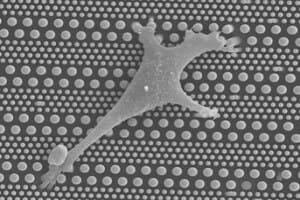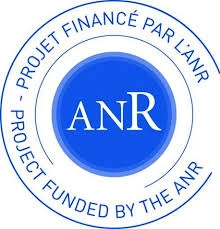Microfluidic system for stem cell differentation: Pillarcell
The Pillarcell research project aims to demonstrate the advantages of using microfluidic technologies to control stem cell migration and differentiation finely.
This project is completed now. If interested, feel free to contact us.
Microfluidics for stem cell differentiation: introduction
Stem cell differentiation control will be a crucial technology for future medical treatment and to fight human aging since stem cells have the inherent particularity to self-renew along the life cycle.
“Nature does nothing uselessly” (Aristotle: I.1253a8).
This is also true for the human body, a vastly complex organism comprising highly synchronized sub-systems and many individual cells. When body tissues or cells are placed in a dish, a flask, or a multi-well plate, they undergo substantial changes in the cellular microenvironment.
Their extracellular matrix becomes much more straightforward, soluble factors and nutrients usually present in their environment are provided differently, and cell-to-cell contact is modified. Such changes significantly affect cell-based assays, tissue engineering, and regenerative medicine performance.
Although much research has been done to improve in-vitro culture conditions, there is still no satisfactory technology that correctly mimics real in-vivo cellular microenvironments, mainly that induces stem cell migration and differentiation.

One reason is the lack of general platforms that allow for the high-precision regulation of cellular microenvironments. Microengineering techniques are now widely used to fabricate surface-textured culture substrates and synthetic extracellular matrix on the one hand and microfluidic devices for the dynamic control of soluble factors on the other.
Developing universal tools for stem cell differentiation: project description
In this project, we are systematically investigating stem cell migration and differentiation on patterned micro and nano-pillar arrays, with or without integration into microfluidic devices. By changing the geometrical parameters of the pillars, we mainly focus on the role of substrate stiffness on stem cell differentiation and migration.
We are working on this research project as part of a multidisciplinary consortium comprised of three academic research teams (one from the ENS specialized in nanofabrication technologies for cell biology, one from the Curie Institute specialized in cell polarity and migration on patterned surfaces, and another from the University of Paris-Diderot (Institut Jacques Monod) specialized in the biophysics of cell-based assays).
Our system can also be helpful for other cell-based assays, including adhesion, proliferation, differentiation, and apoptosis. Since the proposed fabrication technology can be used for large-scale manufacturing, it will be easy to convert our prototypes into industrial products for stem cell differentiation. To this end, we anticipate several clinical applications of such products, including tissue engineering and wound healing.
This project was funded by the French National Research Agency (Agence Nationale de la Recherche, ANR), under the No ANR13-NANO-0011 (PillarCell).
